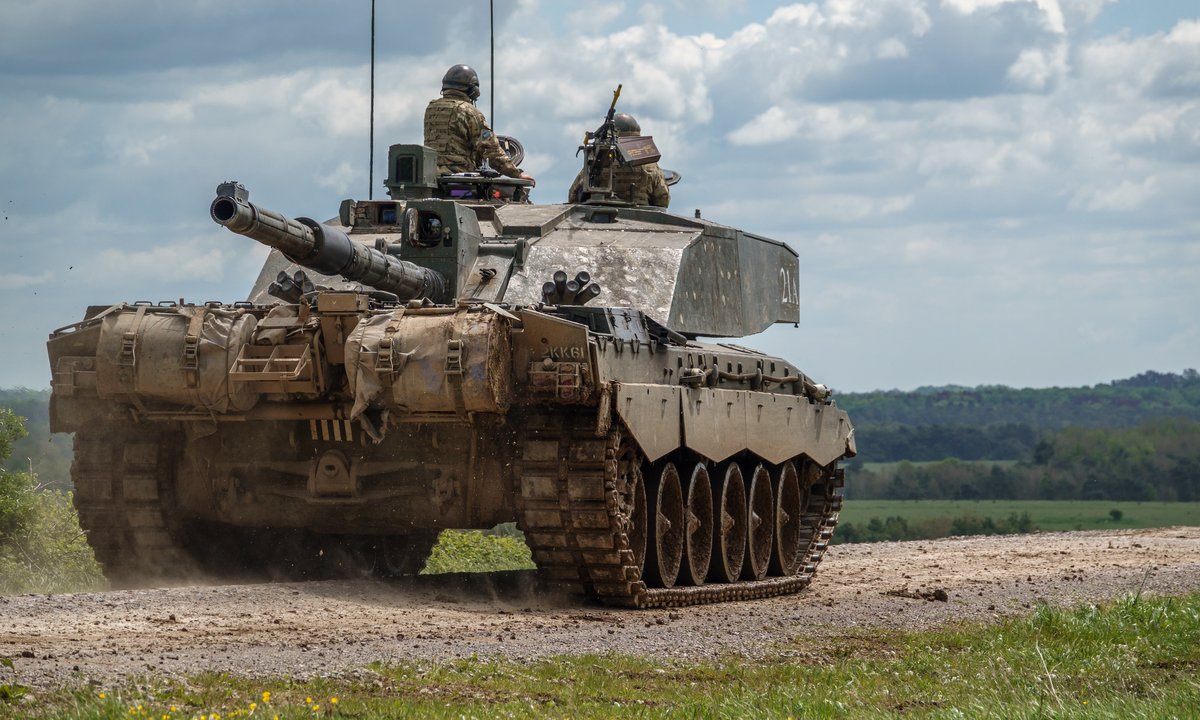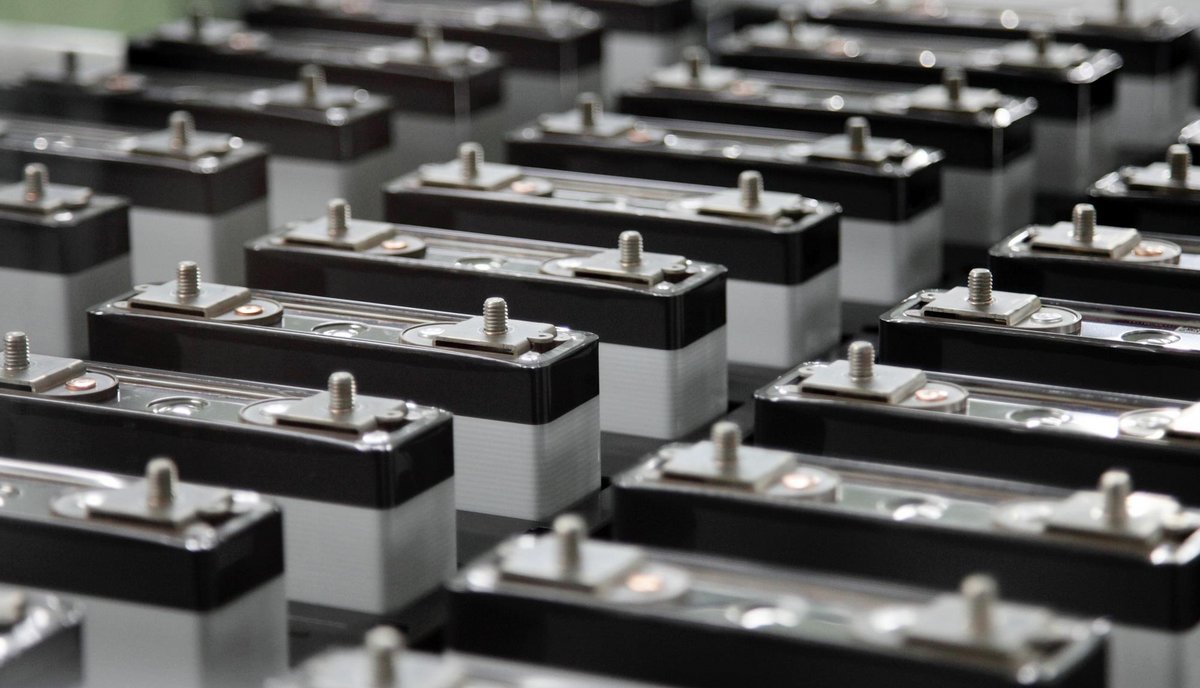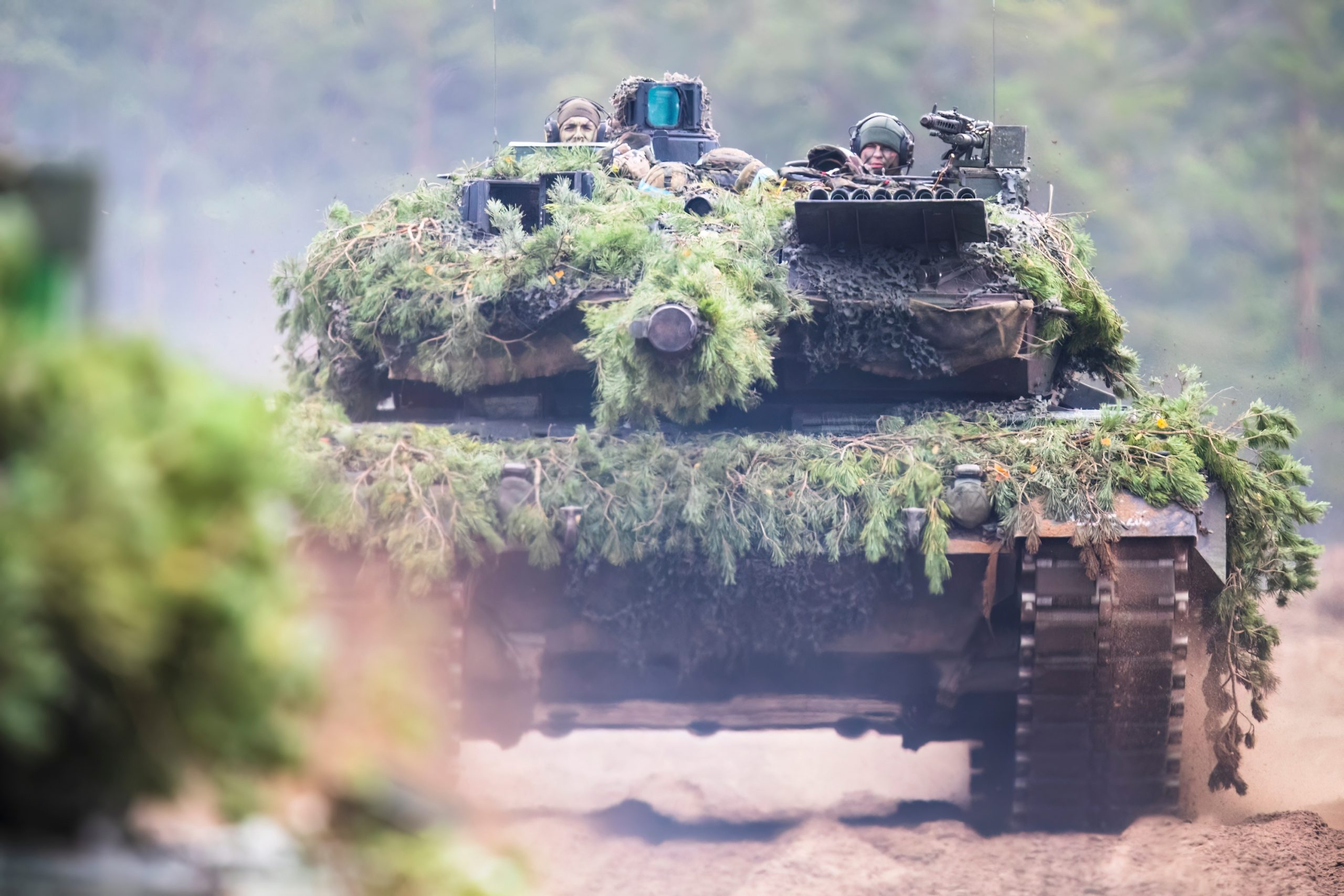Environmental protection is generally not a priority for the armed forces. However, new battery and powertrain technologies could one day change the situation, or even offer new strategic advantages on the battlefield.
Do you know how much fuel a Leclerc tank consumes? French excellence consumes nearly 200 liters per hour in normal use. This order of magnitude will generally be the same for other models, taking into account the weight of this type of machine and its very specific needs.
Real CO generator2, today’s tank is noisy, easily identifiable due to its heat production, and in total contradiction with our current ecological issues. Electric motors could alleviate some of these flaws, but can armies afford them?
Batteries still too inefficient
When it comes to new military technologies, we naturally think of the United States. The world’s leading military power spends almost lavishly when it comes to developing new weapons and devices, and electric vehicles are no exception. While the budget allocated by the country in this department was $47.8 million in 2022, it was increased to $78.4 million for 2023. Insufficient according to the American army, which wishes to pass the 270 mark. million dollars in 2024.
However, despite all this money, we are still a long way from seeing electric tanks on the battlefield. “ There is currently no technology to generate, store and distribute energy in a tactically relevant time frame for frontline troops », Comments within the Army.
Ideally, a 50-ton tank should be fully recharged in around fifteen minutes, while maintaining a decent range. However, this would require a 17 megawatt charging station, 20 times more than the most powerful mobile generator the US Army currently has. The challenge is therefore significant, but the United States has given itself until 2050 to develop such an all-electric vehicle, as well as the components and infrastructure necessary for its operation.
The difficulty of freeing yourself from oil
The intermediate solution, as in the civil sector, according to some, lies in hybridization. This is considered to be truly feasible and useful, and it is on this that short-term efforts across the Atlantic, but also on the Old Continent, are focused.
In France, for example, the army recently entrusted Furion and Ian Motion with the development of a new engine for its Polaris MV850 quads. To meet the specifications, the two Sarthois companies combined elements that one would not necessarily expect under the same hood. Indeed, if the new machine is now powered by three engines inspired by those of the Citroën Ami, it is also equipped with a lithium-iron-phosphate (LFP) battery generally used in Formula E for its ability to… ignite less easily than other types of batteries.
These quads are capable of covering 20 km in all-electric mode, in relative silence and releasing as little heat as possible. For the moment, their batteries are fully recharged in around ten hours, but that’s without taking into account the two combustion engines found at the rear. These come from the world of karting, and their main function is to recharge the batteries in order to ensure a total autonomy of 200 km for the device.
We are still a long way from tanks, but for the moment, it is on this type of light and support vehicles that armies are installing engines that consume less fossil energy. In the case of the French project, electrification even brings an advantage in terms of stealth, which could be a real asset for the troops on the ground.
“ Significant cost and environmental benefits »
The UK also has big ambitions when it comes to electrification. Indeed, according to British army officials, its current fleet of military vehicles could be the last generation to rely on fossil fuels. That’s why the country is investing millions of pounds into studying the latest electric vehicle technology.
“ Electric propulsion systems have the potential to significantly increase the fuel efficiency of our combat vehicles », Comments William Suttie, one of the scientists leading the program. “ Combined with other renewable solutions such as integrated solar panels, this technology can offer significant cost and environmental benefits. »

If the United Kingdom seeks to place its military activities within a national ecological objective, it also responds to NATO’s commitment to ” significantly improve the energy efficiency of the armed forces “. Greater autonomy compared to countries producing fossil fuels is also an objective stated by certain commands, and the use of biofuels can already meet these expectations.
A long technological and political project
The issues are also human. According to the British army, greater respect for the environment could facilitate the recruitment of new generations more sensitive to these issues. However, the reality on the ground risks always putting ecology in the background, as certain politicians do not fail to point out.
In the United States, Donald Trump and other members of his political party have not hesitated to express their doubts about the electrification of combat vehicles. “ I have serious concerns about the supply chains and logistics needed to support green military vehicles », Confides Republican elected official Michael Waltz. According to him, the raw materials needed to manufacture batteries pose a serious problem of dependence on China, Uncle Sam’s great adversary of the moment.

Additionally, combustion engines are generally the most accessible solution for powering military vehicles, which poses a real competitive challenge. “ Ultimately, we should focus on the most lethal combat vehicles, not the most environmentally friendly », Waltz continues. “ I can guarantee you that lethality will be the first objective of our adversaries “. As it stands, it is difficult to contradict it, and we will still have to wait for major technological advances to see electric tanks that match the best that is available today.
But in any case, during an armed conflict, will environmental protection ever be a priority? In light of past and current wars, doubt is allowed.
Source : Bloomberg, The Telegraph, West France

38